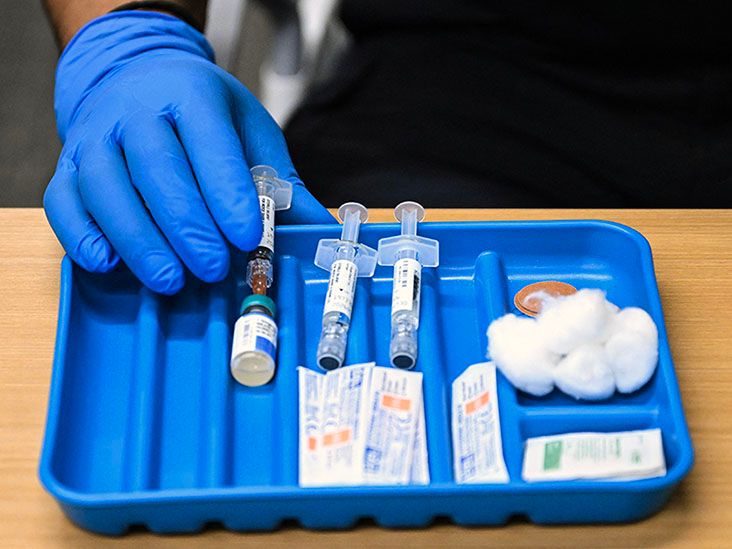Eye floaters are not a sign of glaucoma, which typically causes gradual vision loss. Floaters are small dots or shapes that appear across a person’s vision.
It is important to consult an eye doctor if a person notices floaters or any other vision changes. There are numerous possible causes of eye floaters, so an accurate diagnosis is essential.
Read on to learn more about floaters and glaucoma. This article looks at what can cause floaters, what they look like, and how to recognize the signs and symptoms of glaucoma.
The condition develops when there is damage to the optic nerve, which is a nerve in the back of the eye that connects to the brain. This damage typically occurs due to a buildup of fluid at the front of the eye.
Floaters
Floaters
However, in some cases, they can occur due to an underlying condition. These include:
- an injury to the eye
- bleeding in the eye
- an eye infection
- uveitis
- vitreous detachment
- retinal detachment
- retinal tear
If floaters do not go away or keep coming back, it is important to contact an eye doctor. The doctor will examine the eye and may order tests to confirm the cause.
Floaters are shadows that may look like:
- spots
- dots
- shapes
- circles
- specks
- squiggles
- cobwebs
A person may notice them in their field of vision as strands of vitreous stick together inside the eye.
While glaucoma does not cause floaters, there are other signs and symptoms to look out for.
Acute angle-closure glaucoma, which occurs when something suddenly blocks the drainage channels in the eye, can cause:
- blurred vision
- colored rings or halos
- pain
- redness
Primary open-angle glaucoma is a type of glaucoma that does not usually cause early symptoms. Over time, a person may begin to notice gradual vision changes.
Learn more about what glaucoma vision can look like.
A person needs to contact an eye doctor as soon as they have concerns about their vision.
While floaters can develop due to aging, there may be an underlying cause that requires treatment.
If a person has symptoms of glaucoma, the doctor will perform an eye examination. Treatment for glaucoma typically involves using prescription eye drops to reduce pressure in the eye.
Learn about tests for glaucoma.
What are the first signs that glaucoma is developing?
A person may begin to notice blurred vision or haloes. However, it usually develops slowly over a number of years, so an eye doctor may notice it during a routine eye exam before a person experiences any symptoms.
Learn more about the early signs of glaucoma.
Why am I suddenly getting floaters in my eyes?
While floaters are more likely to develop over time, a person may notice them suddenly if they experience an eye injury, infection, or bleeding in the eye. Uveitis, retinal tear or detachment, and vitreous detachment may also cause floaters.
Learn about what can cause vision loss.
Floaters are not a symptom of glaucoma — they usually develop naturally over time. However, they can also occur due to an underlying condition, such as an eye injury or infection, eye bleeding, uveitis, vitreous detachment, and retinal tear or detachment.
Glaucoma may not cause symptoms initially, but a person may notice vision loss over time. Glaucoma can sometimes cause pain, redness, blurry vision, and halos or colored rings.
It is important to consult an eye doctor if a person has concerns about floaters, symptoms of glaucoma, or other vision changes. The eye doctor will be able to perform an exam to help diagnose the cause and advise on suitable treatments.


